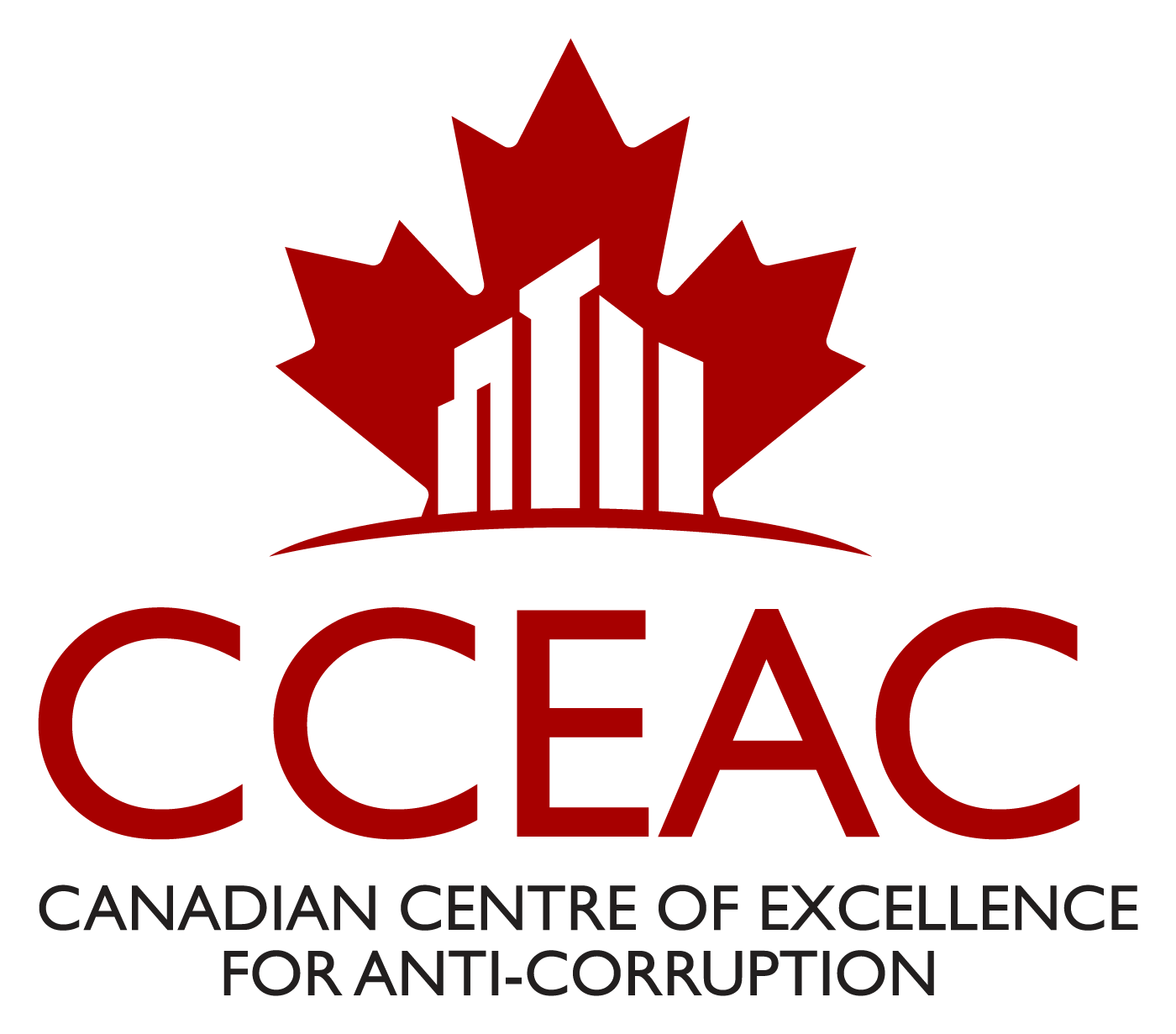
El Observatorio de la Corrupción e Impunidad (The Observatory of Corruption and Impunity)

Mexican Anti-Corruption Observatory (Institute)
Spanish language site translated from Spanish using Google Translate.
The Observatory of Corruption and Impunity is a project of the Institute of Legal Research of the UNAM, the Faculty of Political and Social Sciences, and the Research Institute in Applied Mathematics and Systems, which aims to generate and disseminate knowledge on the subject with the participation of academics and students.
We produce analysis tools that contribute to define corruption, study it and identify problems in individual behavior and institutional performance around corruption and its impacts. Some of these tools are comparative tables of the responsibilities and functions of the members of the National Anticorruption System; tables on the normative advance in the states of the Republic that allow extracting direct quotations from the legislation; research and narration of current study cases, with emphasis on identifying camouflage strategies for the diversion of resources.









